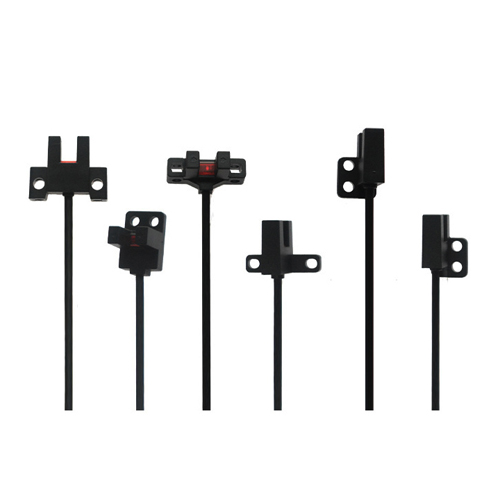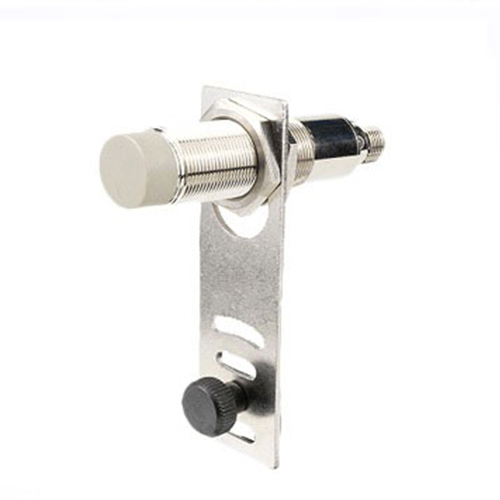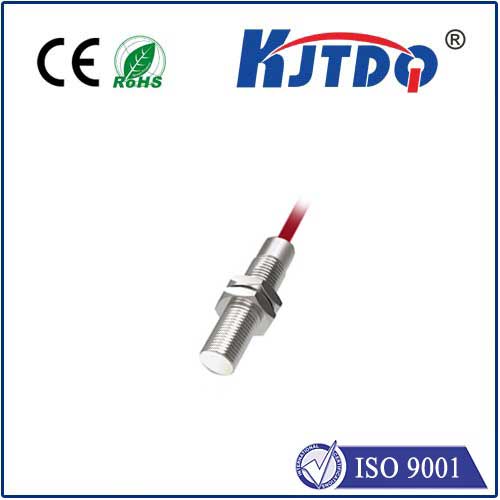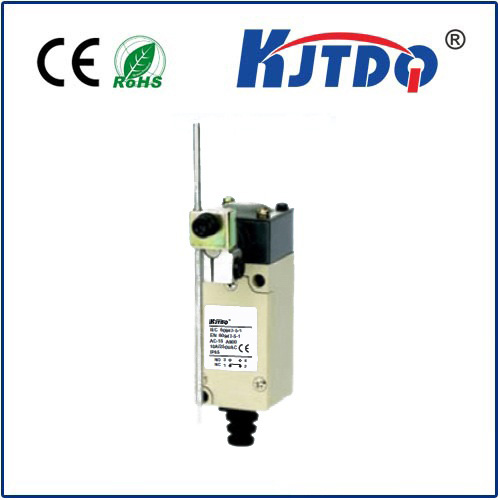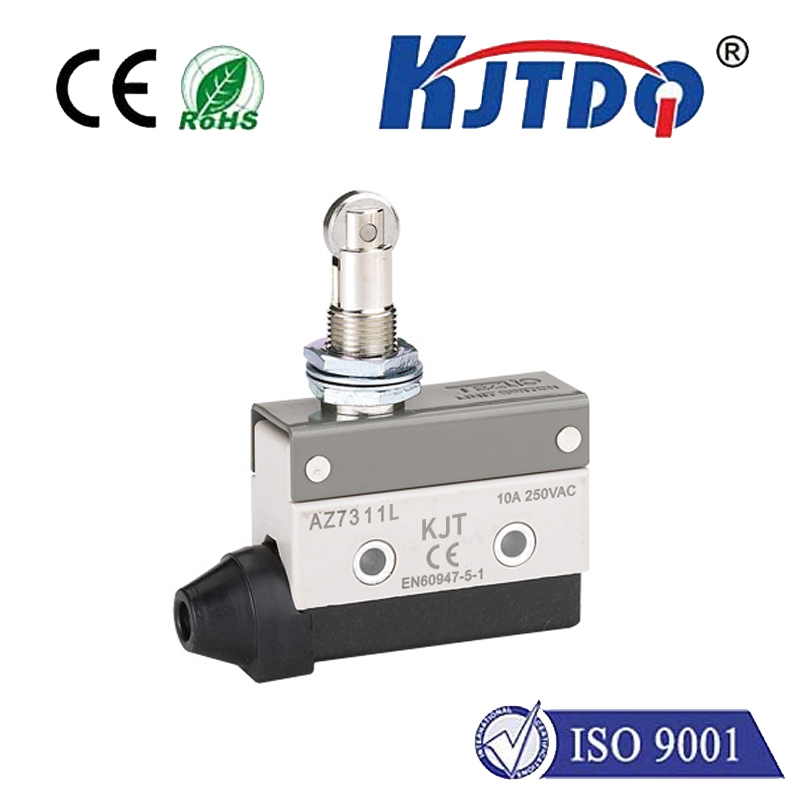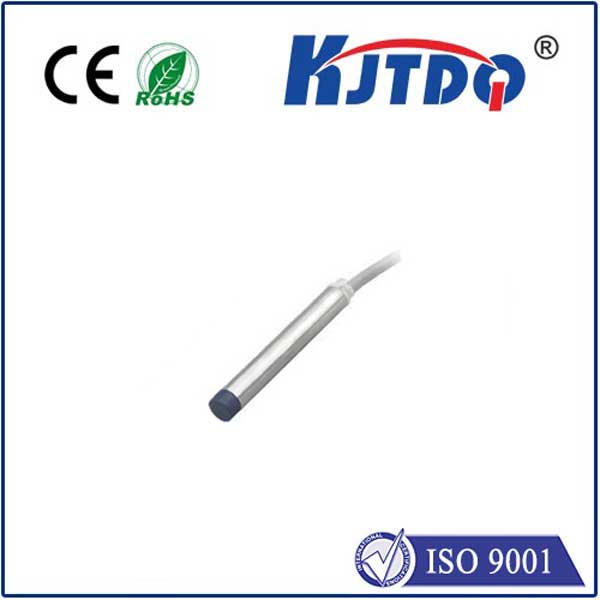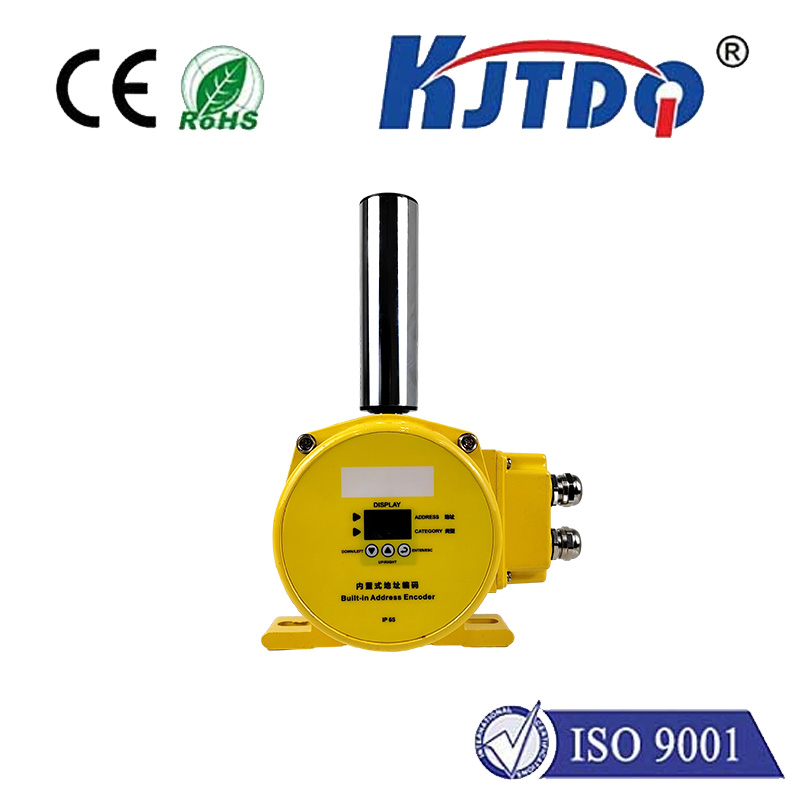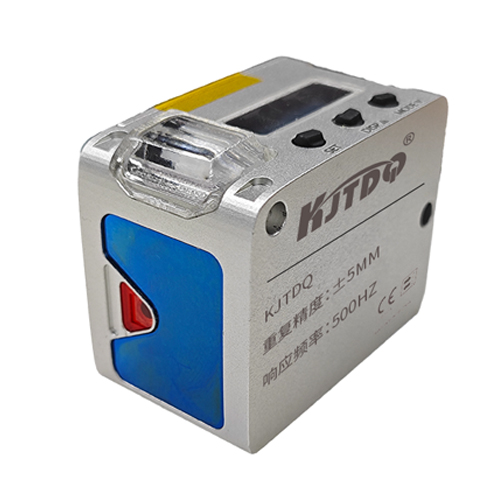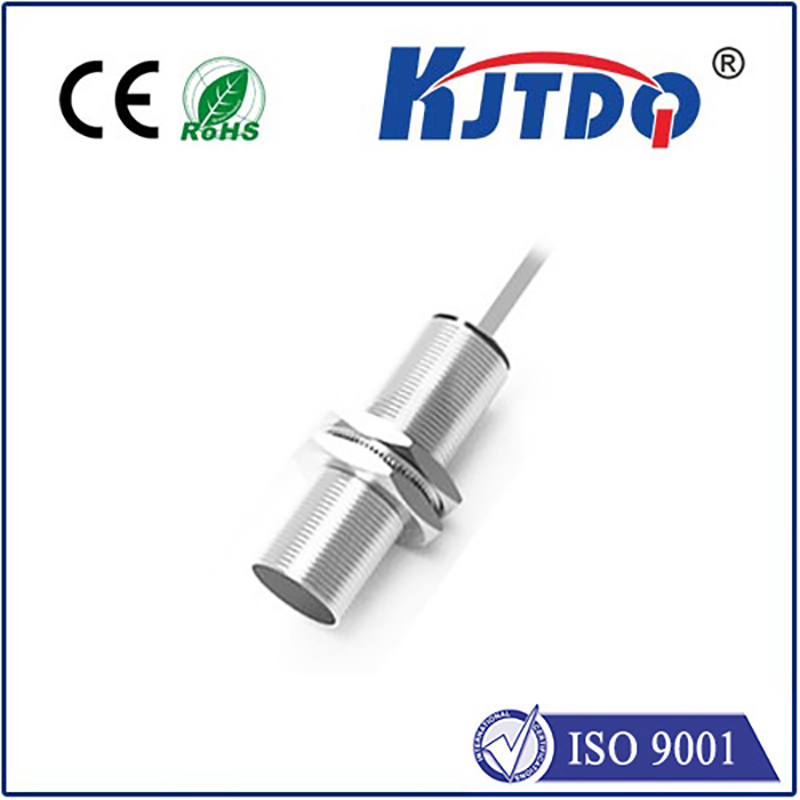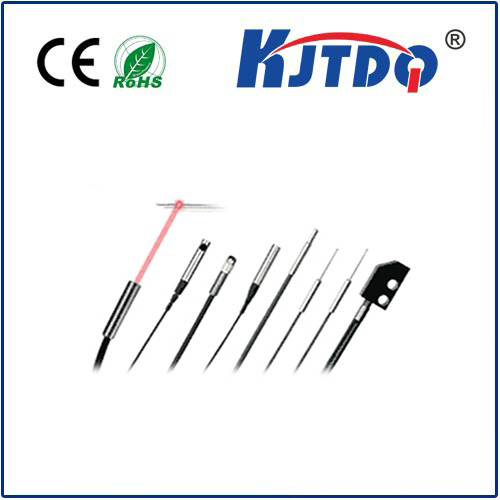Малые фотоэлектрические датчики
- time:2025-07-23 13:15:08
- Нажмите:0
Small Photoelectric Sensors: Compact Powerhouses for Precision Detection
Imagine a world where machines instantly recognize objects on a fast-moving production line, garage doors know precisely when to stop closing, or vending machines dispense your snack only when the correct payment is confirmed. This level of automated awareness, fundamental to modern industry and daily conveniences, is often achieved by an unassuming yet critical component: the Малые фотоэлектрические датчики. These miniature marvels harness light to detect objects, positions, and even colors with remarkable accuracy, proving that power often comes in tiny packages.
The Core Principle: Light as the Messenger
At their heart, Фотоэлектрический датчик operate on a beautifully simple concept. They consist of two essential parts: an emitter (light source) and a receiver (photosensitive element). The emitter projects a beam of light – most commonly in the invisible infrared (IR) spectrum for reliability, though visible red light and laser variants exist. The receiver constantly monitors this light beam. Detection occurs when an object interferes with this beam, either by blocking it entirely (in the case of through-beam sensors) or by reflecting a portion of it back towards the receiver (in the case of reflective sensors). This change in the received light intensity triggers a signal output, alerting the control system something is present.
Why Small is Significant: Advantages of Miniaturization

The “small” in Малые фотоэлектрические датчики isn’t just about physical dimensions; it signifies a range of crucial benefits:
- Space-Saving Installation: In today’s densely packed machinery, control panels, and consumer devices, real estate is premium. Compact sensors can be fitted into locations where larger sensors simply wouldn’t fit, enabling automation in confined spaces or intricate mechanisms.
- Versatility and Flexibility: Their diminutive size allows them to be used in a wider array of applications. Think intricate assembly robots, delicate medical equipment, portable devices, or even inside consumer electronics like printers and copiers.
- Reduced Cost: Smaller size often translates to less material used, contributing to a lower cost per unit, making automation solutions more affordable, especially in high-volume deployments.
- Discreet Operation: In applications where aesthetics or unobtrusiveness matter (e.g., consumer appliances, architectural features), miniature sensors can be designed to blend seamlessly into the environment.
- Faster Response Times: While not exclusively tied to size, the design ethos behind compact sensors often prioritizes rapid detection capabilities, making them suitable for high-speed applications on conveyor lines or machinery.
Types Tailored for Tiny Tasks: Modes of Operation
Small photoelectric sensors utilize the same core detection modes as their larger counterparts, optimized for compact form factors:
- Through-Beam (Opposed Mode): The most robust and longest-range option. The emitter and receiver are housed in separate compact units, facing each other. An object is detected when it breaks the beam between them. Ideal for precise detection in high-speed environments or where background suppression is tricky.
- Retro-Reflective: The emitter and receiver are housed together in a single small unit. The light beam is projected towards a specialized reflector (corner-cube reflector) which sends it directly back. An object blocks this reflected beam. This offers easier alignment than through-beam but requires the reflector.
- Diffuse Reflective (Proximity Mode): Also housing both emitter and receiver in one compact unit. The sensor detects the reflection of its own emitted light directly off the target object. Range is typically shorter than the other modes and is sensitive to the object’s color, surface texture, and reflectivity. Extremely common and versatile for proximity detection.
- Convergent Beam / Fixed-Focus: A specialized diffuse sensor where the emitter and receiver lenses focus the light to a precise focal point. This creates a very well-defined sensing range, ideal for detecting small objects reliably at a specific distance, rejecting background beyond that point.
Where Small Sensors Make a Big Impact: Diverse Applications
The ubiquity of small photoelectric sensors is a testament to their adaptability. Key application areas include:
- Промышленная автоматизация: Object detection on miniature assembly lines (PCB manufacturing, micro-component handling), part counting, verifying component presence in tight jigs, bottle/cap detection on filling lines, jam detection in small machinery.
- Packaging Machinery: Detecting film edges, verifying flap closure on small boxes, counting pills or small items before packaging.
- Consumer Electronics & Appliances: Paper detection in compact printers/copiers, door open/closed detection in microwaves and refrigerators, liquid level sensing in coffee makers, tilt/swing detection in game controllers.
- Medical Devices: Precise fluid level detection in analyzers and pumps, component positioning in diagnostic instruments, vial presence in automated dispensers.
- Access Control: Integration into compact security devices for object detection (e.g., beam breakers in small openings).
- Robotics: Providing critical proximity feedback to small robotic arms, grippers (detecting presence of grasped object), and autonomous guided vehicles (AGVs) navigating tight spaces.
Selecting the Right Compact Champion
Choosing the optimal Малые фотоэлектрические датчики requires careful consideration:
- Detection Mode: Does the application suit Through-Beam, Retro-Reflective, or Diffuse sensing?
- Size and Housing: What are the exact spatial constraints? What IP rating (sealing against dust/water) is needed?
- Sensing Range: How far away is the target? Precision requirements?
- Target Properties: What are the target’s size, color, material (transparent, opaque, glossy, matte)? Transparent object detection often demands specific sensor capabilities.
- Output Type: Does the control system require a simple on/off signal (NPN/PNP transistor) or a more complex analog/digital output?
- Environment: Will the sensor face extreme temperatures, heavy vibration, strong ambient light interference, or high washdown pressures?
Conclusion: Big Capabilities in Miniature Form
From ensuring the safety of garage doors to enabling the high-speed precision of modern micro-factories, small photoelectric sensors are indispensable components in our increasingly automated world. Their ability to deliver reliable, non-contact detection within incredibly compact footprints makes them uniquely suited for applications where space is critical and performance cannot be compromised. As technology pushes towards miniaturization and smarter systems, the role of these tiny sentinels of light continues to expand, proving that significant innovation often comes in the smallest sizes.

